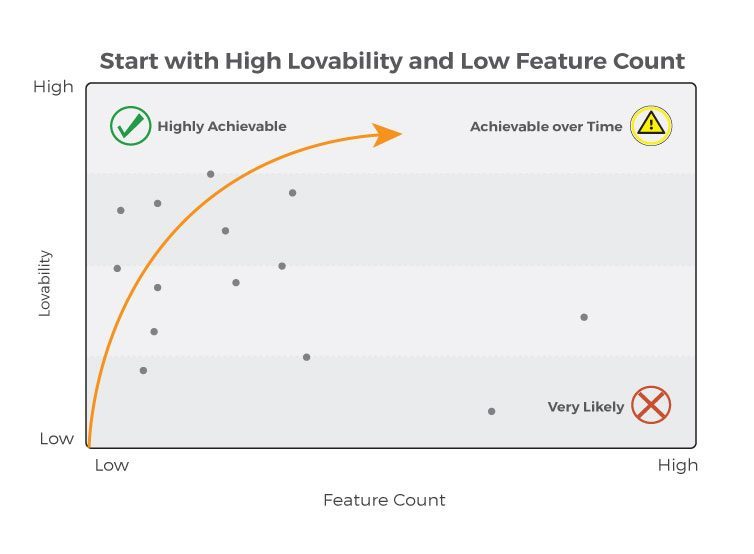Article
Pillars of Mobile App Development for iOS
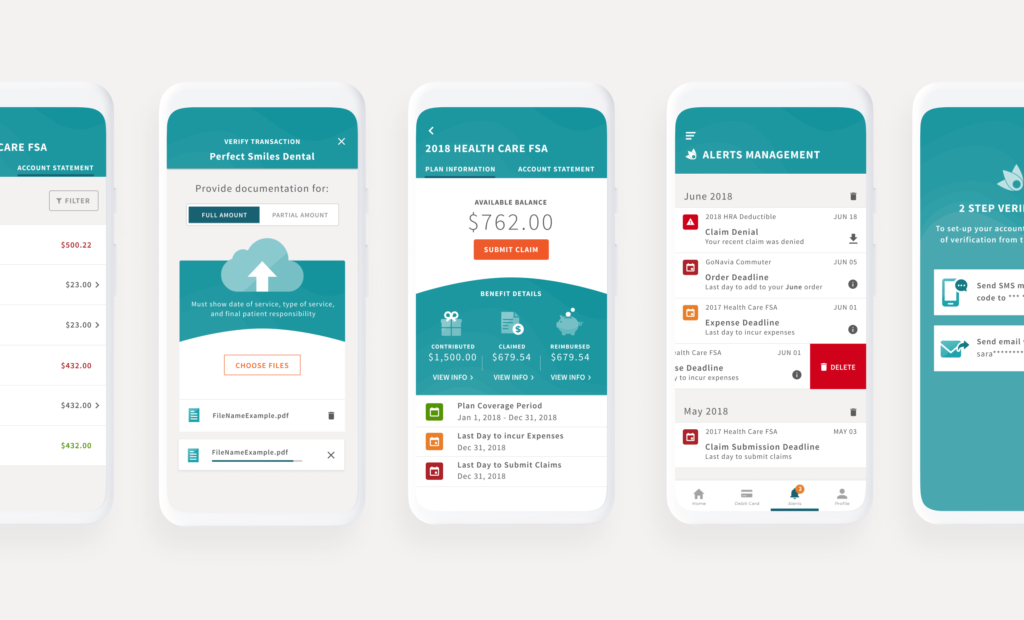
What’s involved with mobile app development for iOS?
iOS application development refers to the processes involved in creating apps for mobile devices such as Apple’s iPhone, iPad, iPod Touch, and Apple wearable smart devices. iOS mobile apps are often written in the Swift or Objective-C programming languages. Creating apps specifically for iOS devices rather than Android devices typically requires using an integrated development environment (IDE), such as Xcode or a text editor like Sublime Text, which also functions as an IDE.
These are just a few of the many factors involved in developing for iOS, and that’s why working with an agency that understands all the intricacies of mobile app development can be beneficial.
Even if you’re still in the decision-making phase––or are simply seeking to learn more about iOS development and mobile development generally––you’ve come to the right place.
In this article, we will review:
- Key components of the app development process
- What to think about specifically when developing iPhone apps or other apps designed for the iOS operating system
- How to make informed decisions about your approach to mobile app development for iOS
- Tools to use and objectives to prioritize throughout the design, development, and go-to-market phases

Why choose mobile app development for iOS? Here are three key benefits.
When creating mobile applications, many business owners and organizations create native iOS apps because they can (if developed to do so) operate seamlessly across Apple platforms. For example, if your workforce uses company-issued iPhones and iPads to track inventory, developing an iOS-exclusive app makes sense. With additional work, the app could also be optimized for Apple Watches. Suppose your user base of athletes predominantly uses Apple Watches. In that case, making your app work perfectly on that platform is the best use of resources, as the data could link to a dashboard designed for iPhones and Apple desktop devices.
Extensibility across Apple’s tech ecosystem is a key benefit of iOS development. Developing a hybrid app or a Native Android app might make sense depending on the user base or business objectives, but if your users reside in the Apple sphere, tailoring your app’s functionality specifically for iOS provides the foundation for extensive integration and seamless workflows across devices.
There are also several other benefits to focusing on iOS, including:
- A well-established customer base loyal to the Apple brand
- Better user experience for users familiar with Apple’s Human Interface Guidelines
- Developing on a platform built by a company that places a premium on security
While a well-established customer base, high-quality UX, and security aren’t exclusive solely to Apple, they’re important pillars of the company’s philosophy (and impact) worth considering when choosing your development path.
Let’s dive into more specifics of mobile app development for iOS and how to lay the groundwork to be successful post-launch.
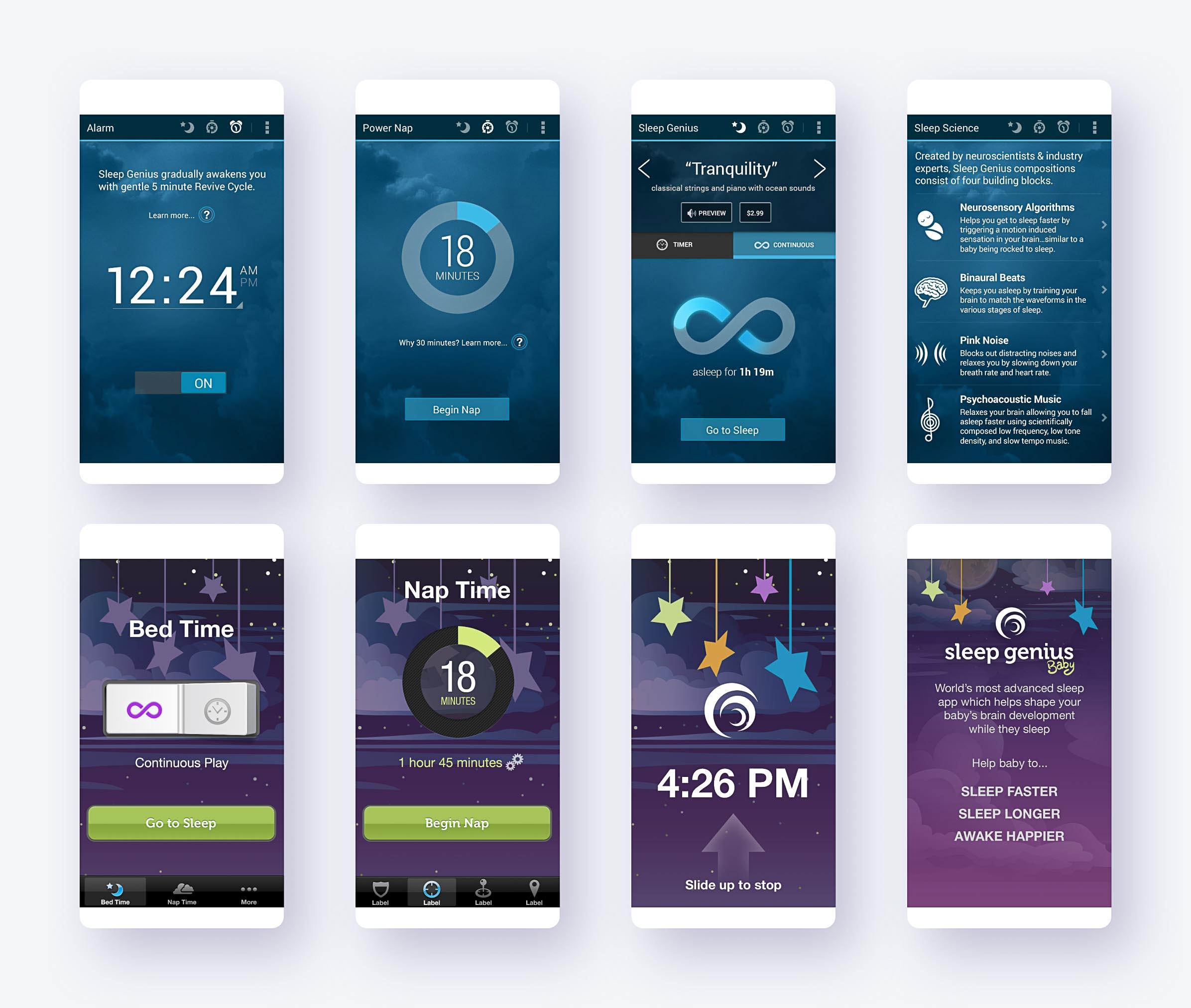
A phased approach: design, development, and go-to-market strategy
There are almost always nuances to development, variations in the approach depending on different libraries and frameworks, and the inevitable learning curve of familiarizing your team with a potentially new programming language. But to an extent, development processes like ours (pictured below) are fairly uniform, irrespective of the platform you’re developing for.
Mobile app development for iOS goes beyond just development––planning, design, deployment, and go-to-market strategy are also essential to an app’s success.
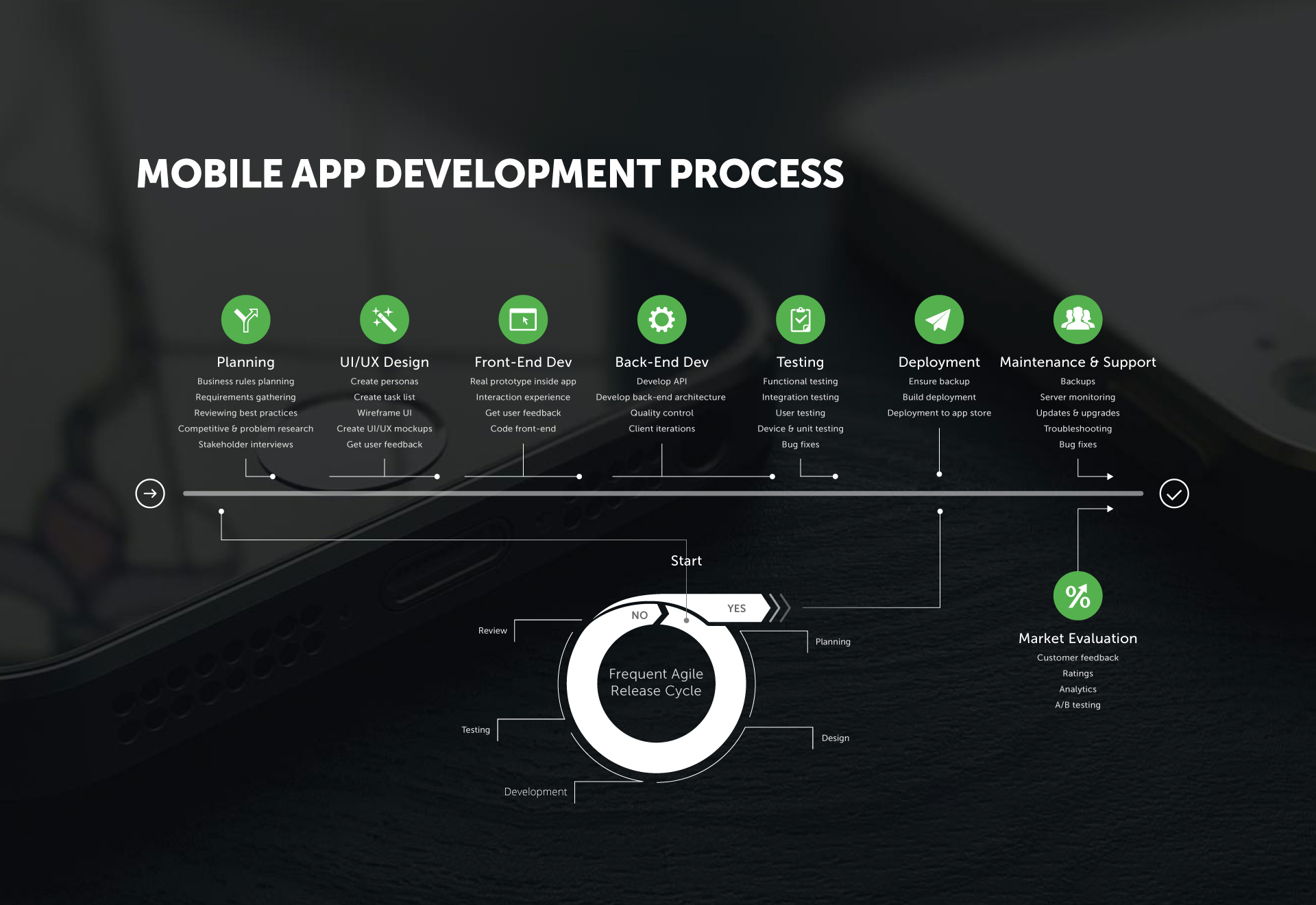
Considerations for iOS mobile design
Building a mobile app requires more than just the nuts and bolts of development. Before you start developing, we recommend prioritizing the following elements of mobile design and mobile strategy.
Know your market
Knowing what your target audience needs––beyond ‘an app’––is essential. The next step is knowing the market, which requires delving into the existing apps on the market and those that your competitors have produced. Knowledge about and awareness of the market will give you a competitive edge when you create your app, allowing you to offer something novel that still addresses user needs. Market research will also give you an insight into the strategies used by your competitors (for advertising, user onboarding, etc.) and help you avoid any obstacles they might have already encountered.
Create a design blueprint
An app blueprint — in the form of a wireframe or even a clickable prototype — allows you to see the full picture of interfaces, interactions, and on-screen elements. You can use it to plan out every aspect of your application, and once created, it carries value throughout the development stage. It will also give you a perspective on any possible issues during the development process. Benefits of blueprinting include:
- Giving you a full picture of your app idea to share with your team and stakeholders
- Allowing you to show your idea to potential investors
- Saving expenses by revealing possible problems
- Giving you an accurate estimate of development costs before you spend
Review current iOS developer guidelines
Apple has set guidelines they require developers to consider when submitting an application. Make sure you know these guidelines on the front end of the process. Example guidelines include:
- App names should be limited to 30 characters
- Apps should not include any ‘objectionable’ content (offensive, insensitive, upsetting, etc.)
- Medical apps must provide accurate data, information, and measurable methodologies
- Apps must meet rigorous privacy and safety standards
- Apps must meet security requirements to ensure proper handling of user data
- Apps must work on their own without requiring the installation of other software
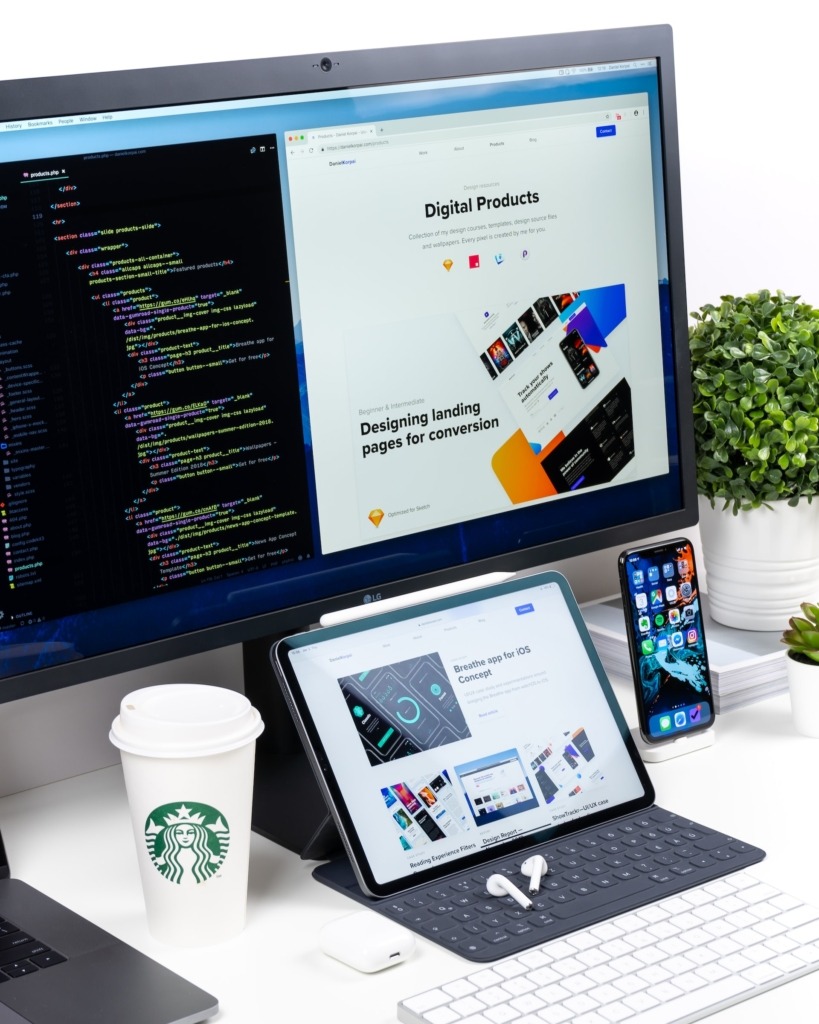
Elements of mobile app development for iOS
Choose an iOS app development method
When deciding what development method to use, you should consider several factors:
- Your team’s programming and development experience
- Which features and functionality you want your app to have
- How to obtain a minimum viable product (MVP)
Consider what your team is cut out to do, and what resources you have available to enlist additional help. Scrutinizing the various trade-offs is essential.
For some smaller organizations, or organizations with a dead simple app, low-code and no-code options like Thunkable (a no-code iOS app builder that utilizes a drag-and-drop design interface and more than 50 design components) or AppyPie (another builder requiring little to no programming knowledge) might make sense.
Most of Fresh’s clients need something more sophisticated and customizable, a major trade-off when using a no-code builder.
Set up an IDE (integrated development environment) and other tools
This step should be informed by the considerations mentioned above––your team’s experience, desired features and functionality, and what it will take to go-to-market with something you can test, improve, and build a user base with.
When it comes to choosing an IDE, XCode 14 is an obvious choice, with an array of tools needed to develop, test, and launch mobile apps across Apple platforms. The setup is easy to use and customize, and the environment also has a feedback organizer that allows you to review your users’ stats, feedback, and any crashes that may occur. For pure iOS development, Xcode makes a lot of sense. But there are other platforms that also allow you to write code, build UIs (user interfaces), and test and debug your code in one work space.
If you’re looking for a user-friendly environment with a unified user interface and lots of tools, then AppCode fits the bill. It has a smart editor that analyzes your content and helps you build quickly. There are also templates to help you insert complex sections of code and a built-in code editor.
Other alternatives include Microsoft Visual Studio (great for .NET developers), or something like React Native, another solid iOS native app development tool (it can also be used to develop hybrid apps or Android apps).
If developing in Xcode, choose between Objective-C and Swift
Swift is the new ‘official’ language of iOS for development, the successor to Objective-C which has been used since the early 80s. With more ease of use and security, Swift is the obvious option for most, but those with legacy apps written in Objective-C might consider sticking with it.
Explore APIs, libraries, and SDKs to optimize development
Various APIs, libraries, and SDKs (software development kits) that can aid and expedite development. There are dozens of kits for use cases spanning game development, health and wellness apps, leveraging Siri, utilizing maps, and much more. These tools allow you to integrate your app into Apple’s infrastructure more easily.
Leverage the cloud
Connecting your app to cloud-based services provides additional database management functionality, more robust storage, and app caching (increasing performance). For data-heavy, resource-intensive apps, leveraging the cloud is essential.

Two priorities before going to market
Test — and test again
Pre-launch app user testing is essential because it enables you to fix any bugs before you deploy your app fully and gives you an understanding of how users will interact with your app. It will also give you insight into:
- Quick, easy-to-address app improvements
- What works well and doesn’t work well
- If the app will help you grow your user base
- If the experience is user-friendly
- If the users obtain maximum value, or if changes are warranted
Develop a usability test plan before you launch your app. Within your test plan, define clear goals. Build a working prototype so users can test all aspects of the app. Use in-person and remote testing. Test your new application on different iOS devices and run a thorough test whenever changes are made.
Submit your application
There are certain steps you must go through to submit your application to the App Store for review and approval. These are:
- Upload your app in Apple’s App Store Connect
- Create a product page
- Submit your app for review and approval
Fresh can help you navigate the Apple application process if you are uncertain of any of the steps.
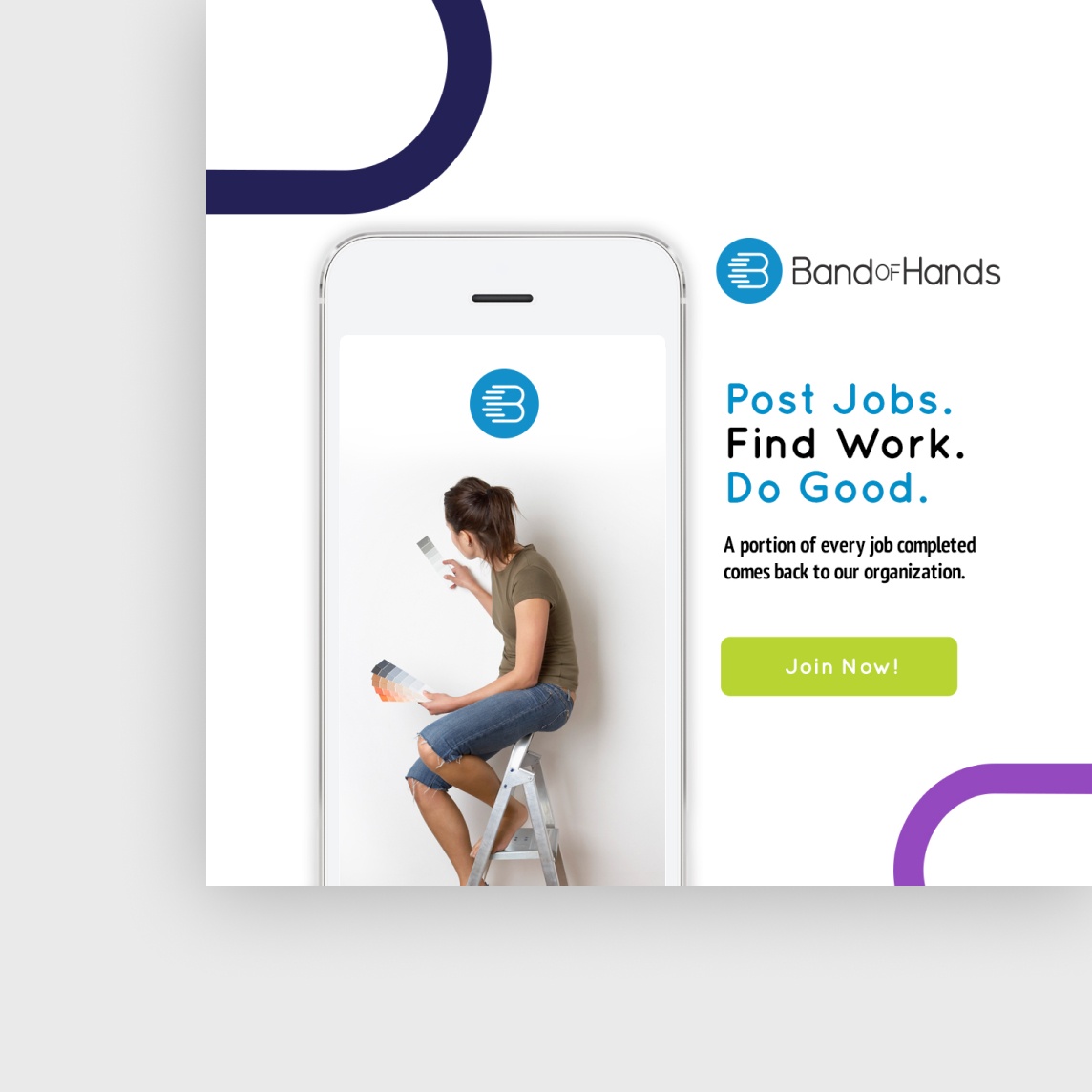
Want to build an iOS mobile app? Let’s get started.
At Fresh, we create apps specifically for Apple iOS mobile devices and cross-platform and Android development. Our team can provide a fully customizable approach no matter your industry or user base, handling everything from mobile strategy to source code development and deployment.
Contact us today to find out more about our iOS app design process, and let’s build.









